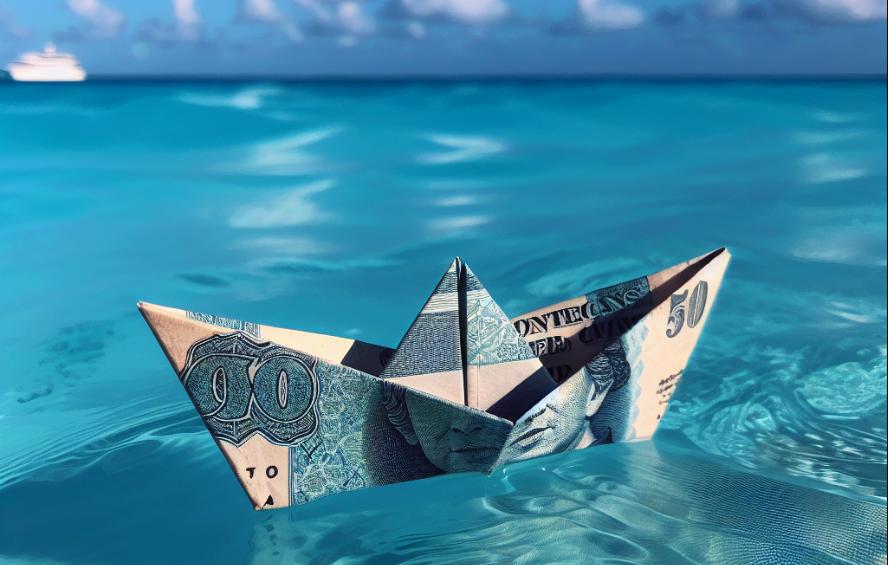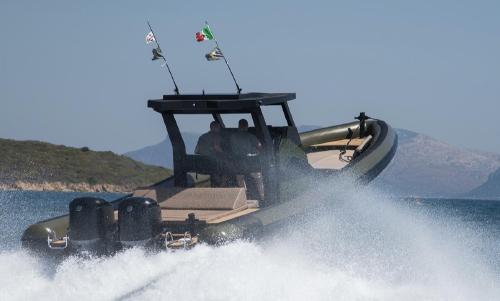When you think about tariffs, you might picture a bunch of politicians in suits arguing over numbers and percentages. But if you’re in the market for a boat, those numbers can actually have a serious impact on your wallet. Let’s dive into the complicated, sometimes murky waters of tariffs on watercraft, particularly focusing on the current state of affairs between the U.S. and Canada.
So, what’s the scoop? Recently, the U.S. slapped some hefty tariffs on Canada, and we’re talking about all new and used boats exported from our northern friends. If you were hoping to score a deal on a sleek Canadian vessel, this news might feel like a punch in the gut. It’s like finding out that the boat of your dreams just got a fancy price tag that you weren’t prepared for.
Interestingly, the Canadian government hasn’t reciprocated with tariffs on American watercraft–at least not yet. As of now, their tariffs don’t touch boats, but there’s chatter that could change in the near future. With another round of tariff discussions looming, people looking to purchase boats from the U.S. or Canada might want to hustle and finalize their deals before the next wave of tariffs crashes down.
The Current Landscape of Tariffs
Let’s break down the current tariff situation a bit more. The U.S. tariffs on Canadian boats mean that if you want to import a new or used model from Canada, be prepared to shell out significantly more cash. The idea behind these tariffs is to protect American manufacturers and jobs, but the unintended consequence is that it can make it a lot more expensive for everyday folks looking to buy a boat.
Imagine you’ve been saving up for that perfect fishing boat or a sleek yacht for summer adventures. You find one in Canada that checks all the boxes. But wait–once those tariffs are applied, the price skyrockets, and suddenly it doesn’t fit your budget anymore. Ouch!
On the flip side, U.S. boat manufacturers might have a chance to shine; they can potentially benefit from reduced competition from Canadian imports. However, this doesn’t mean that everything’s smooth sailing for them either. The cost of materials is rising, too, especially since many American manufacturers rely on high-grade aluminum sourced from Canada. With tariffs applied to these materials, the cost of building boats in the U.S. is also set to rise. You see where the waters get choppy?
The Ripple Effect on Prices
Now, let’s talk about the practical implications of these tariffs. If you’re in the market for a boat, you might want to speed up your buying process. With the looming possibility of Canada imposing tariffs on U.S. boats, the landscape could shift dramatically. It’s not uncommon for prices to spike when tariffs are announced, and the uncertainty surrounding future tariffs can create a sense of urgency.
If you’ve been eyeing a boat in the U.S., now might be the time to pull the trigger before any new tariffs come into play. Think about it: if you wait too long, you could find yourself staring at a price tag that’s hundreds or even thousands of dollars more than what you’d originally planned to spend. And who wants to deal with that?
What Buyers Should Keep in Mind
When you’re looking at boats, the first rule of thumb is to do your homework. Research the current prices and trends in both Canadian and American markets. Keep an eye on the news, too; any updates about tariffs and trade negotiations can give you a heads-up on what to expect.
As you navigate this tricky terrain, consider the different types of boats available. Are you looking for a brand-new model, or are you more interested in used boats? The answer can significantly impact your decision-making process. New boats will be affected by tariffs, while used boats could also see price increases due to the overall market conditions.
If you’re leaning towards a used boat, check out listings from both the U.S. and Canada. You might find a gem that fits your budget–just keep in mind that if you’re buying from Canada, you’ll need to factor in the tariffs.
The Future of Watercraft Tariffs
Looking ahead, it’s hard to say exactly how the tariff situation will evolve. The current U.S. tariffs on Canadian boats are in place, but who knows what the next round of negotiations will bring? The Canadian government has expressed frustration over the U.S. tariffs, and if they decide to impose their own on U.S. boats, it could create a whole new set of challenges for buyers.
For now, it’s essential to stay informed and ready to act. If you find a boat that fits your needs and your budget, don’t hesitate. The waters might get choppier before they calm down, so securing your purchase sooner rather than later could save you some serious cash.
The Bottom Line
While tariffs might seem like a dull topic reserved for economists and policymakers, they have tangible effects on everyday consumers. If you’re looking to buy a boat, the current U.S. tariffs on Canadian watercraft, combined with the potential for Canadian tariffs on U.S. boats, means you’ll need to keep your ear to the ground.
The boating season is just around the corner, and whether you’re looking to cruise the lakes or hit the open sea, being informed about how tariffs impact prices can help you make smart choices.
So, as you scan the listings and dream about your next boating adventure, remember that timing is everything. The next wave of tariffs could be just around the bend, and you don’t want to find yourself caught in the tide.





Use the share button below if you liked it.